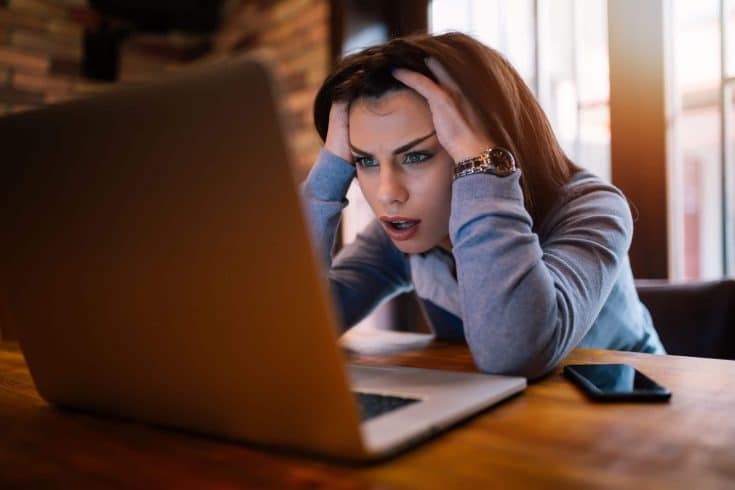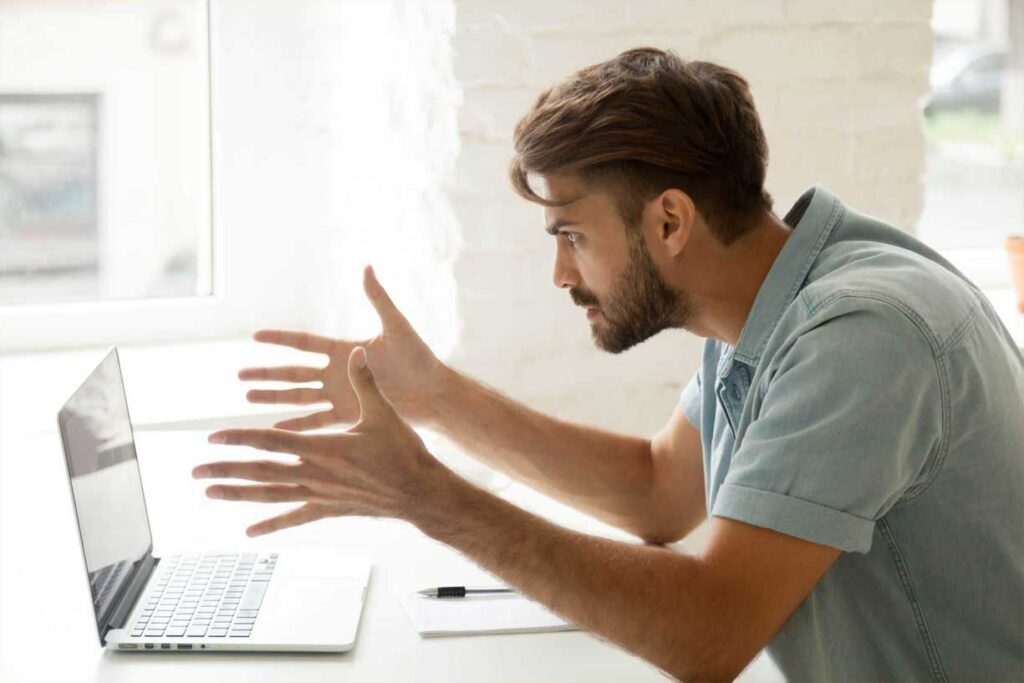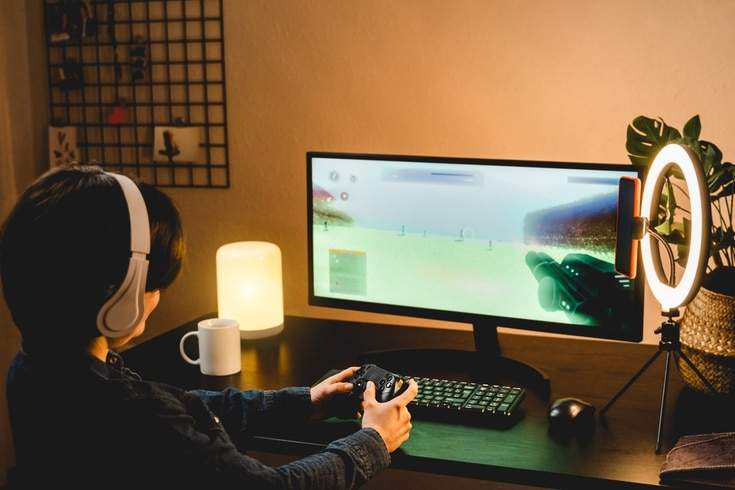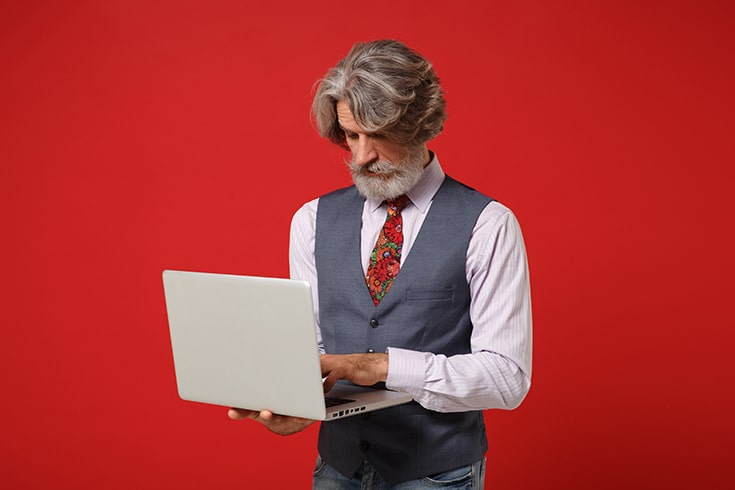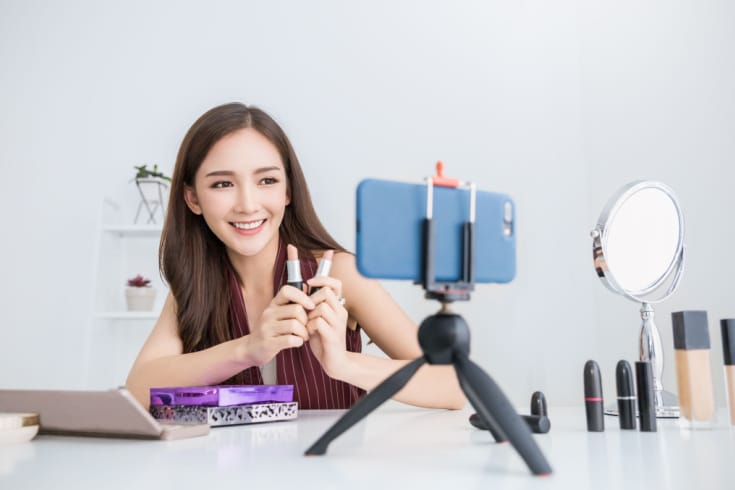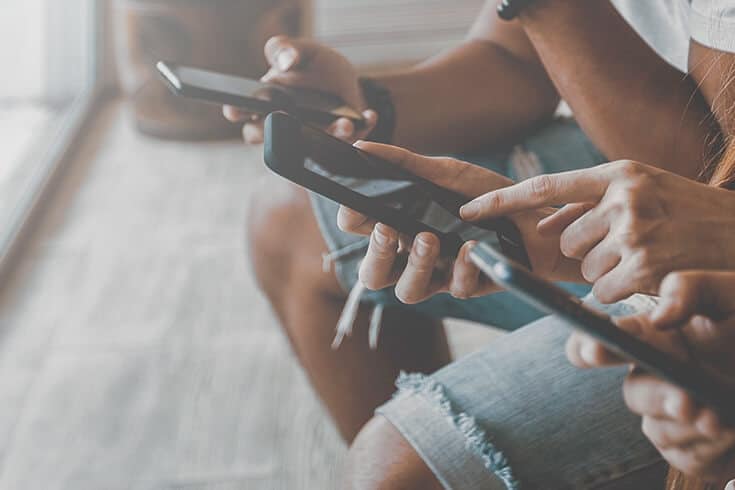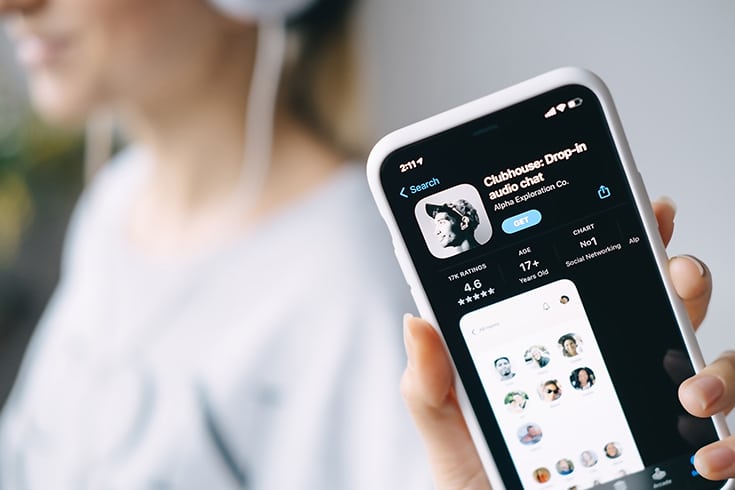Explaining the Potential Problems and Solutions for Unauthorized Filming of YouTube Videos
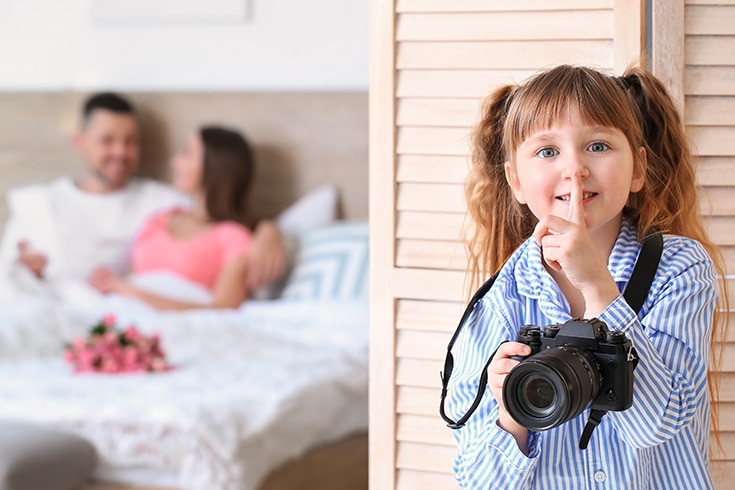
YouTube is a video sharing site used by many people around the world.
It allows for easy video uploads, and if your uploaded video attracts attention, you can garner a large number of views. Furthermore, the profession known as a YouTuber, who makes a living solely from the ad revenue of video playback, has emerged and become an aspiration for many people.
On the other hand, there are numerous instances on YouTube where videos featuring other people are uploaded without their consent.
If a video you shot includes other people, uploading it to your account without their permission could potentially infringe on rights such as the right to one’s likeness.
In this article, we will discuss the potential problems and countermeasures that can arise from unauthorized filming of YouTube videos.
Unauthorized Filming of YouTube Videos May Infringe on Portrait Rights

The first right that may be infringed by unauthorized filming of videos is the right to one’s portrait.
But what exactly is this right? We will explain the requirements for infringement of portrait rights and situations that could potentially constitute such infringement.
What are Portrait Rights?
“Portrait Rights” are not rights defined by law, but rights recognized by precedent based on Article 13 of the Japanese Constitution, which guarantees the right to pursue happiness.
The first precedent in Japan that mentioned portrait rights, the Supreme Court decision of December 24, 1969 (Showa 44) (Supreme Court Criminal Collection Vol. 23 No. 12 p. 1625), stated the following, albeit with the reservation “whether to call this portrait rights or not”:
As one of the freedoms in private life, everyone should have the freedom not to be photographed without their consent.
Supreme Court, December 24, 1969 (Showa 44), Criminal Collection Vol. 23 No. 12 p. 1625
Furthermore, the Supreme Court decision of November 10, 2005 (Heisei 17) (Civil Collection Vol. 59 No. 9 p. 2428) stated the following:
People have a personal interest that should be legally protected from being photographed without their consent, and also have a personal interest in not having photographs taken of them published without their consent.
Supreme Court, November 10, 2005 (Heisei 17), Civil Collection Vol. 59 No. 9 p. 2428
From these precedents, it is considered that the content of portrait rights includes “the right not to be photographed” and “the right not to be published”.
However, portrait rights do not mean “the right to prohibit the unauthorized filming and publication of one’s face and figure unconditionally”. So, when does the infringement of portrait rights occur?
Requirements for Infringement of Portrait Rights
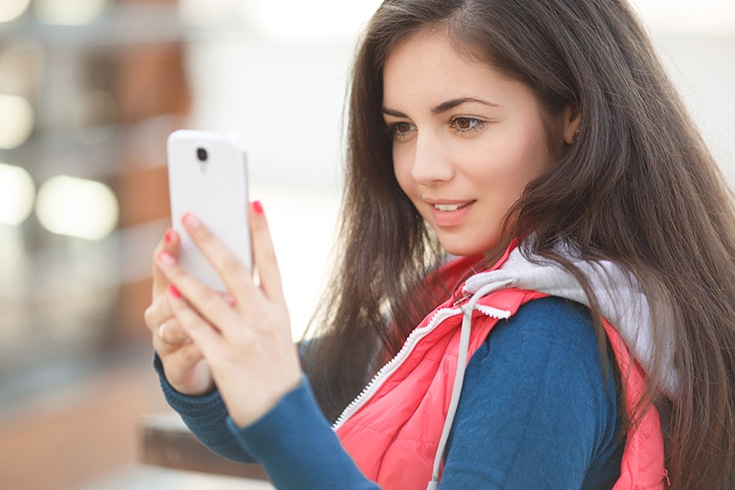
As mentioned earlier, “portrait rights” are not rights defined by law, but rights recognized by precedent and interpretation. Therefore, whether the infringement of portrait rights is established is determined by referring to past precedents.
While the precedents do not explicitly list the requirements, it is considered that whether there is an infringement of portrait rights is determined comprehensively in light of the following circumstances:
- The social status of the person photographed
- The activities of the person photographed
- The location where the person was photographed
- The purpose of the photograph
- The manner of the photograph
- The necessity of the photograph
For example, if the face or figure of the person appearing in the video is clear enough to identify the person, the likelihood of infringement of portrait rights increases. On the other hand, if a passerby happens to appear small in a video taken of a landscape, the likelihood of infringement of portrait rights is not high.
Also, if the method of filming is such that the person appearing in the video would feel “I don’t want to be filmed” or “I don’t want it to be made public” from their perspective, it tends to be easier to constitute an infringement of portrait rights. Examples include cases where the situation in a place where privacy should be protected, such as a home, is filmed without permission from outside, or cases where a video of a person passed out drunk on the street is filmed by a passerby.
For more detailed explanations of the standards and precedents for establishing infringement of portrait rights, please refer to the following article.
https://monolith.law/reputation/portraitrights-onthe-internet[ja]
What are YouTube videos that could infringe on portrait rights through unauthorized filming and use?

In this article, we will explain specific cases where there is a high risk of infringing on portrait rights in the process of filming and posting videos.
Unauthorized filming of a seminar
It is not uncommon for the host of a seminar to film the event and post the video on their own account. Videos that show the actual seminar can be an effective marketing tool, as they can convey the content and atmosphere to those who are considering attending.
However, filming the seminar without permission, especially when the faces of the participants are clearly visible, constitutes an infringement of portrait rights. To avoid this, it is necessary to obtain individual consent from the participants in advance. If consent cannot be obtained, the video should not be published unless the images are processed so that the participants cannot be identified.
When obtaining consent from the participants shown in the video, it is important to use a method that leaves evidence, such as email, rather than just verbal agreement, to prevent future disputes.
Use of unauthorized filmed images
It is common to post your own photos or insert eye-catching images in the middle of a video to improve the quality of the video you post on YouTube.
In such cases, care must be taken to avoid infringing on portrait rights with the images used.
In particular, if a person is reflected in the photo you took, you need to check whether the person’s face or figure is clear enough to identify the person, or whether the photo was taken in a way that the person in the photo would feel “I don’t want to be filmed” or “I don’t want to be published” from their perspective.
Furthermore, when using such a photo, don’t forget to properly obtain consent from the person in the photo.
肖像権侵害となった場合のペナルティ (Penalties for Infringement of Portrait Rights)

While infringing on portrait rights does not result in criminal charges, you may be held liable in civil court. Specifically, you may be asked to remove the published video, receive a cease and desist order, and potentially be sued for damages as compensation.
In order to claim damages for infringement of portrait rights, it is necessary that the party who published the video did so intentionally or negligently. In other words, if there is negligence, it is possible that the act may be recognized as an illegal act as an infringement of portrait rights.
Normally, you check the content of the video you shot before publishing it. Therefore, the excuse of “I didn’t realize there were people in the video when I broadcasted it” is often not accepted.
Therefore, negligence in publishing a video with people in it is recognized in most cases. If the shooting or publishing of the video constitutes the infringement of portrait rights as explained above, it is likely to be illegal.
Also, if you have uploaded an illegal video that infringes on portrait rights to YouTube, there is a risk that your account may be suspended by YouTube, so caution is necessary. For points to note when publishing location videos on YouTube, please refer to the detailed explanation in the article below on our website.
https://monolith.law/reputation/portraitrights-onthe-internet[ja]
Not Just Portrait Rights! The Problems with Unauthorized Filming on YouTube

So far, we have discussed the infringement of portrait rights, but there are also various other potential rights infringements when posting unauthorized videos on YouTube.
Infringement of Publicity Rights
Publicity rights, often confused with portrait rights, refer to the rights of celebrities and sports players to control the economic value of their own portraits and names when they have economic value. Therefore, only famous people with economic value in their portraits have publicity rights.
For ordinary citizens who are not “famous”, the main issue is the infringement of “portrait rights”. Publicity rights are a problem only for celebrities who have “customer attraction” as a premise.
Therefore, when you encounter a celebrity at a shooting location, filming that celebrity without permission and posting it on YouTube can infringe on their publicity rights, which is generally not allowed, so caution is necessary.
For more details on when publicity rights occur, please refer to the article below from our firm.
https://monolith.law/reputation/publicityrights[ja]
Infringement of Privacy Rights
Although privacy rights are not explicitly guaranteed, they are recognized in case law based on Article 13 of the Constitution as “freedom in personal private life”, which is essentially the “right not to have personal private information indiscriminately disclosed”.
Among the typical examples of privacy infringement recognized in case law, those that could potentially be problematic in relation to unauthorized filming on YouTube include “daily life/actions”, “name/address/phone number”, and “private matters within the home”.
Filming and posting such information without the subject’s permission could potentially infringe on their privacy, so caution is necessary.
For more details on what kind of videos infringe on privacy, please refer to the article below from our firm.
https://monolith.law/youtuber-vtuber/youtube-privacy-movie-legal-liability[ja]
Infringement of Copyright
Copyright refers to the rights held by the copyright holder to protect their works. A work is defined as “something that creatively expresses thoughts or feelings”, and examples of familiar works include music, paintings, anime, manga, movies, photographs, etc.
On YouTube, posting videos that include these works without the permission of the copyright holder may constitute copyright infringement. However, it is extremely difficult to ensure that no copyrighted works are included in the video being filmed.
Therefore, with the amendment to the Copyright Act in Reiwa 2 (2020), the scope of the rights restriction provision related to so-called “reflections” has been expanded, and “reflections” that accompany actions that can generally be performed in daily life have been widely recognized.
For more details on the amendment to the Copyright Act and “reflections”, please refer to the article below from our firm.
https://monolith.law/corporate/copyright-law-2020-amendment-reflection[ja]
How to Avoid Issues with Unauthorized Filming on YouTube

We will explain the points to be careful about to avoid problems with unauthorized filming on YouTube.
Obtain Filming Permission
First of all, it goes without saying that in places where the permission or prohibition of filming is clearly stated in advance, such as “Filming Allowed” or “Filming Prohibited”, you need to comply with it.
However, there are also places where the permission to film may change depending on the scale and purpose of the filming. In such cases, you should contact the management of the filming location and obtain filming permission if necessary.
If you film without permission, it could lead to trouble later on, so it’s important to do your research in advance and obtain permission as needed.
Properly Edit People or Objects That Have Been Captured
No matter how careful you are, there may be times when passersby and other people are captured in the footage. In such cases, you should edit the footage with mosaic or blur effects to ensure that individuals or objects cannot be identified.
As mentioned earlier, if you upload the footage without editing, you may be asked to remove the video or be sued for infringement of portrait rights.
Summary: Filming for YouTube Requires Consideration for Others

When filming videos for YouTube without permission, it is important to always be mindful that you are “being allowed to film”, and to take care not to cause inconvenience to those around you or the filming location.
If you are cautioned by a manager or store staff during filming, stop filming immediately. By paying sufficient attention to privacy and manners, you can prevent getting involved in trouble.
However, it is not uncommon for situations to escalate into trouble. Especially when uploading to video sites like YouTube, there are many laws that you need to be aware of, in addition to the above.
If you find yourself in trouble, or if you want to publish a video with people in it, or if you are unsure about how to obtain permission, we recommend consulting with a lawyer who has extensive experience in IT business.
Introduction to Our Firm’s Measures
Monolith Law Office is a legal office with high expertise in both IT, particularly the Internet, and law. Recently, among YouTubers and VTubers, the need for legal checks such as portrait rights, copyright, and advertising regulations has been rapidly increasing in channel operations. Also, it is essential to prepare thoroughly in advance for issues related to contracts. Please refer to the following article for details.
Category: Internet



